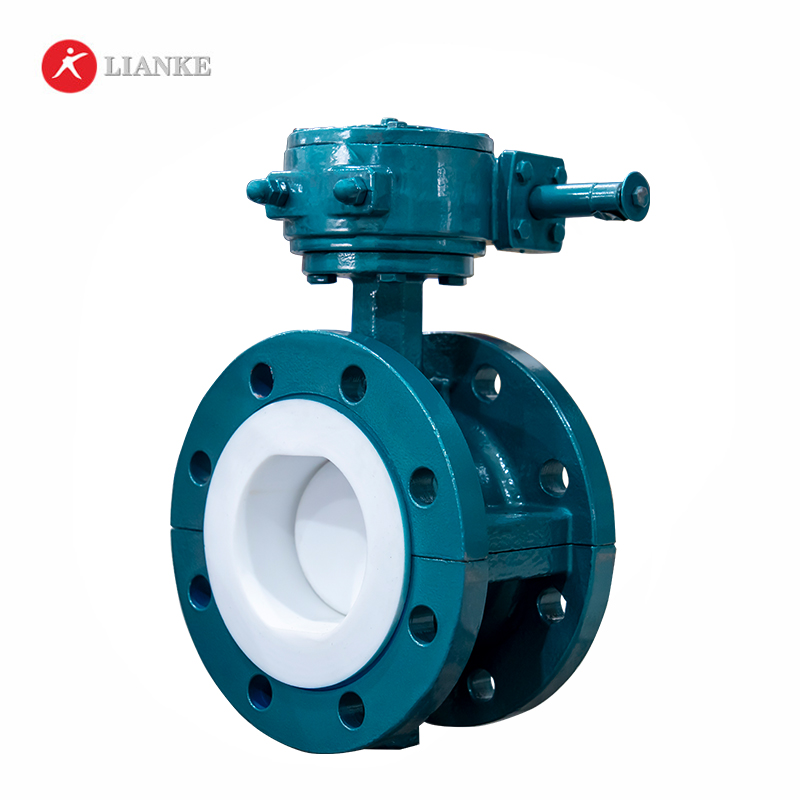

When valves sustain damage, the consequences can be significant, impacting both operational efficiency and safety within fluid handling systems. Valves play a critical role in controlling the flow of fluids such as water, gases, chemicals, and more in various industrial and commercial applications. Understanding what happens when valves are damaged helps highlight the importance of timely maintenance and repair.
Leakage Issues
One of the most immediate problems resulting from valve damage is leakage. This can occur in two primary forms:
Performance Degradation
Valve damage often leads to reduced operational performance. Issues may include:
Safety Risks
Valve damage can pose significant safety risks, depending on the type of fluid being handled:
Financial Implications
The financial impact of valve damage extends beyond repair costs:
Control and Reliability
Damaged valves affect the overall control and reliability of fluid handling systems:
The impact of valve damage underscores the importance of proactive maintenance and regular inspection programs. By identifying and addressing issues early, organizations can minimize risks, enhance operational efficiency, and maintain a safe working environment. Valves are vital components in fluid handling systems, and their proper maintenance is key to ensuring smooth operations and preventing costly disruptions.

Your valve is leaking because something has gone wrong with its sealing system. Maybe the seals are worn out after years of service. Perhaps debris is stuck between critical surfaces. Or it could be that improper installation created misalignment from the beginning. These common problems prevent the valve from achieving perfect closure when you need […]

Valve Flow Coefficient (Cv) is a measure of a valve’s capacity to allow liquid or gas to flow through it. It’s technically defined as “the volume of water at 60°F (in US gallons) that will flow through a valve per minute with a pressure drop of 1 psi across the valve.” You calculate Cv by […]

When selecting the right valve for industrial applications, understanding pressure and temperature ratings is crucial. Many professionals in the field struggle with terms like Class, Rating, and PN, which can lead to costly mistakes if misunderstood. This guide will help you understand these concepts so you can select valves with confidence. What Do Pressure Units […]

The main difference between plastic and elastomer comes down to flexibility and shape retention. Plastics are rigid or semi-rigid. Once they bend or break, they don’t bounce back. Elastomers are flexible. They stretch, twist, or compress and return to their original shape. Below, we’ll take a closer look at how these materials differ and the conditions […]



